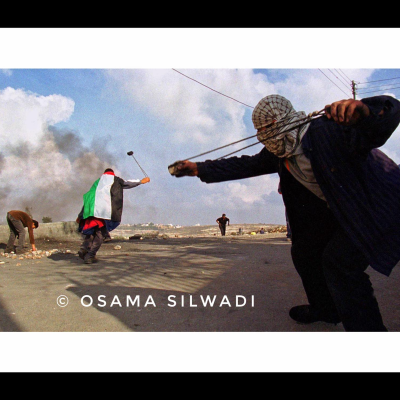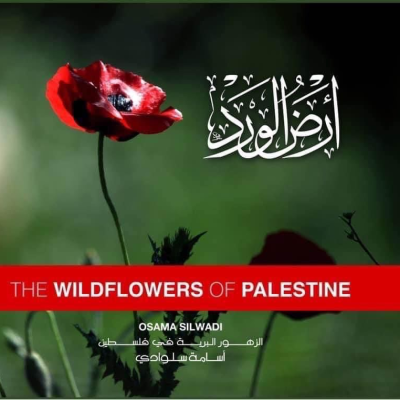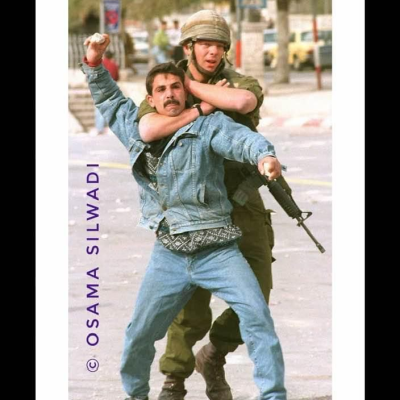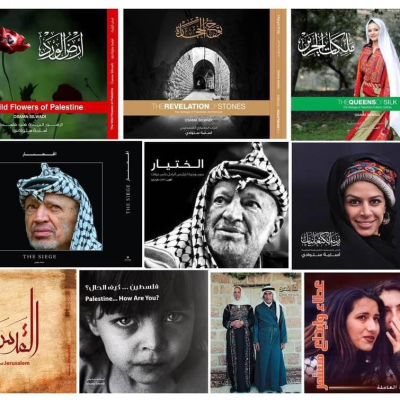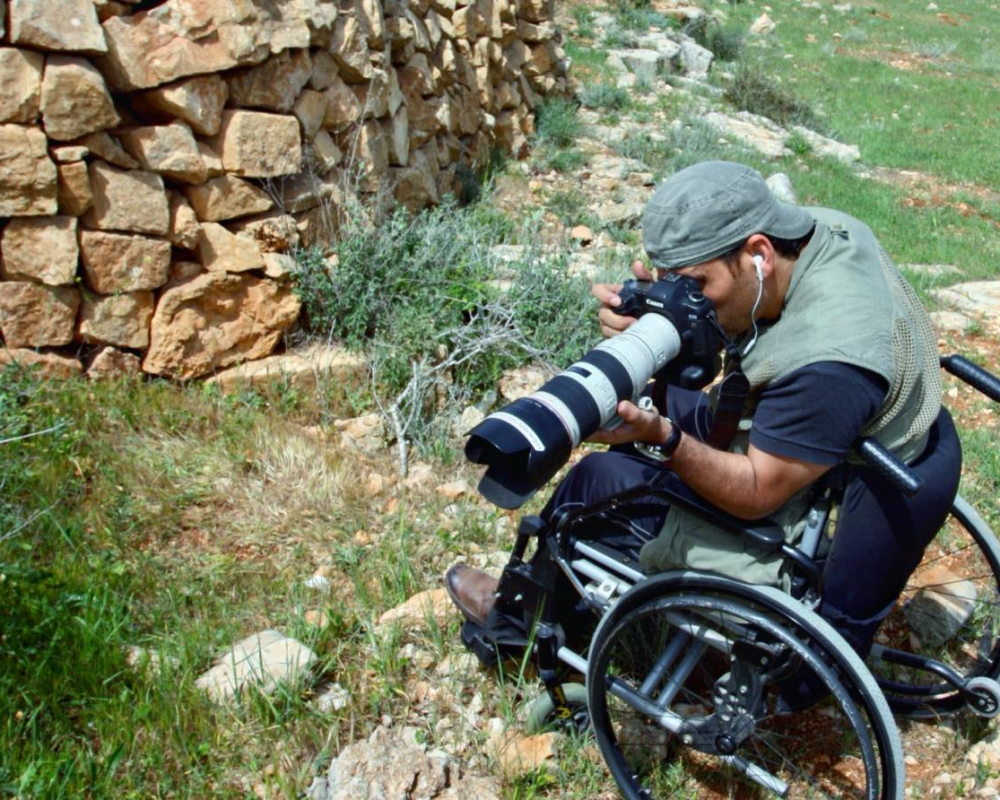
Ramallah/PNN / Wisal Abu-alia
The magic of the camera, the injury, and the determination were the elements that changed his life forever, to work with passion and without limits, and to achieve excellence, he is the photojournalist Osama Silwdi, also known as the Eye of Palestine.
Beginnings in Photography
The passion for photography began early for the photojournalist Osama Silwdi as his interest in photography emerged when he was seventeen years old. He says: "I was enchanted by this machine - the camera, which captures moments and presents them to us in the form of pictures. We can revisit them at any time." His initial interest in photography stemmed from his fascination with capturing the beauty of nature in his hometown of Silwad, north of the city of Ramallah, a beautiful town with stunning mountainous landscapes, where he spent his childhood and most of his time wandering in its mountains, observing birds, flowers, and wildlife.
From there, his first motivation for photography was to document the beauty of nature. Silwdi explains: "After that, I began to focus on photographing people's daily lives, customs, and traditions. Then came the major turning point in my life when I transitioned to work in photojournalism, which has taken many years of my professional life."
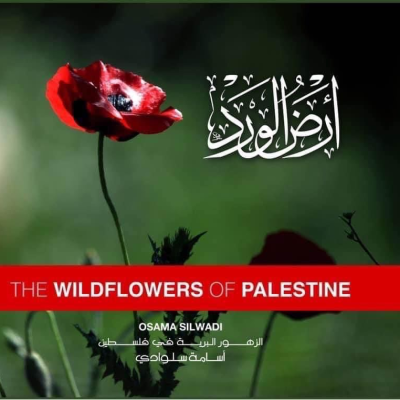
His Message in Capturing and Documenting Images
Silwdi points out that when he transitioned from photographing nature and flowers to working in photojournalism, it was during the early days of the 2000 uprising (the Stone Intifada). At that time, there were few Palestinian photojournalists, and he felt the need for more Palestinian photographers to carry the image of Palestine to the world. His primary goal was to convey the suffering of our people to the world through Palestinian eyes.
The Institutions He Worked With
As he embarked on his career in photojournalism, Silwdi's journey began with local newspapers and magazines as a freelance photographer, working on a piece-rate basis, such as "Masaa Al-Balad" and "Al-Quds" newspaper. Later, he joined "Al-Hayat Al-Jadida," and then became the chief photographer of "Al-Ayyam" newspaper.
Afterward, he met with the photo director of the French agency, who invited him to work with them. He worked with the French agency for several years before moving on to Reuters and then the French agency, Gamma. In 2006, he was injured but later resumed his journalistic missions for many major magazines such as Time, Newsweek, National Geographic, and several other international newspapers, magazines, and journalistic institutions.
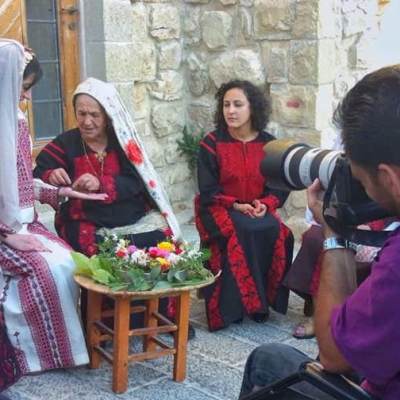
The Obstacles and Risks Faced by Photographers in Palestine
Silwdi emphasized that the main obstacles facing the media in Palestine include the presence of the occupation, which targets journalists directly through direct targeting, arrests, and restrictions on movement. Additionally, there is a lack of an effective union role that defends the rights of journalists, forcing institutions to sign contracts, insurance, and other professional rights that are absent from the journalism sector in Palestine.
Challenges Faced by Photographers Due to the Occupation
Osama says that the photojournalist is a field person; he cannot work from the office. He must be in the midst of events, leading to clashes with the occupying forces, which fight against the image due to its importance in the modern age. Therefore, Palestinian photojournalists are fought against in an attempt to prevent them from conveying events because they are the most capable of conveying the true image, being the sons of the environment, the Palestinian people, culture, and traditions. Hence, the occupation fights against them and seeks to prevent them from accessing events, often targeting them with imprisonment, killing, injury, and intimidation.
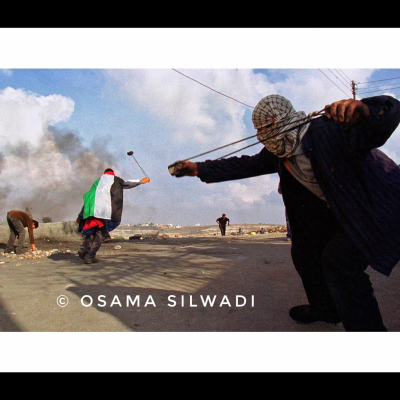
Challenges Faced by Photographers Regarding Their Rights Violations by Institutions
One of the primary challenges faced by photojournalists, especially those working for local media institutions, is the deterioration of their professional status. They often encounter low salaries, if any at all, with no risk insurance coverage.
In a conflict zone, where all fieldwork involves risks, there is a lack of protective gear and the absence of union and legal support that photographers could rely on in emergencies. Additionally, there is a shortage of suitable equipment that keeps up with modern technologies. Typically, photojournalists provide their own equipment without the support of media organizations in procuring adequate gear.
Achievements and Awards
Silwdi, who has covered many events and witnessed significant historical moments, such as the first and second Intifadas and the ongoing struggle of our people, says, "This has led to widespread dissemination of my photographic works in the international press. I have held several exhibitions in Palestine, Arab countries like Egypt, Jordan, the UAE, and Qatar, as well as in European countries such as Spain, France, Norway, and the United States."
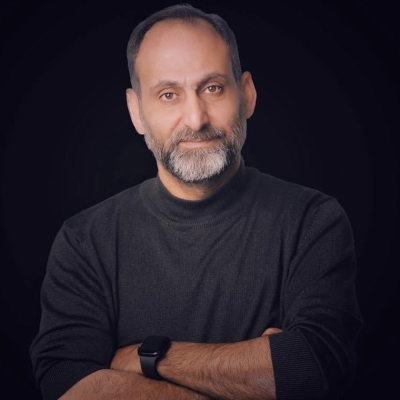
Silwdi has received important awards in Palestine, such as the Gold Medal for Excellence and Merit and the title "Palestine's Eye." He has also been honored by the Writers Union, the National Committee for Education, Culture and Sciences, the Al Jazeera Documentary Film Festival, the Journalists Syndicate, and festivals in Egypt and the UAE, among many others. Additionally, he participates in international judging panels for important global photography competitions, including those organized by UNESCO, Wikipedia, and others.
It is worth mentioning that in 2012, Osama Silwdi was awarded the Gold Medal for Excellence and Merit by Palestinian President Mahmoud Abbas.
Published Photographic Books
Until the preparation of this story, Osama Silwdi has published 11 illustrated books covering various topics. These books sparked renewed interest in Palestinian heritage. Some of the internationally renowned books include "Queens of Silk," "Land of Roses," "Jerusalem," "Ramallah," "Poetry of Stones," and "The Siege."
His message as a wounded photographer has become a symbol of photography.
"My message now is a call for Palestinian and Arab universities and institutions to pay attention to the study of photography because the image is now the language of the modern age. Those who do not master it do not master communication with the world. The image is an important tool for presenting our narrative to the world; it is the most important tool of modern media," says Al-Salwadi. He regrets the absence of a single university in our country that teaches photography as a philosophy of communication and as a universal language, adding that teaching techniques can be achieved through modern means.
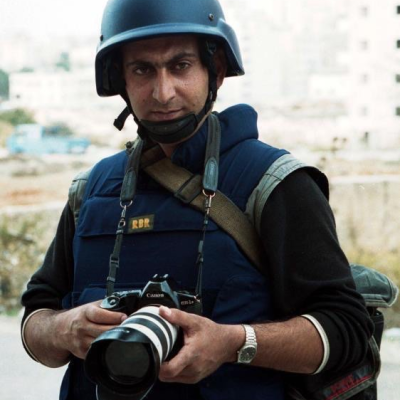
This story was produced as part of the "Qareeb" program implemented by the French Agency for Media Development (CFI) in partnership with funding from the French Agency for International Cooperation (AFD).
